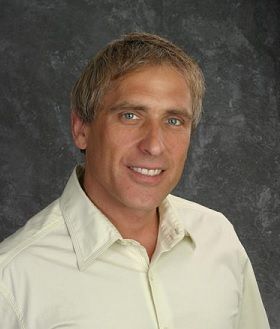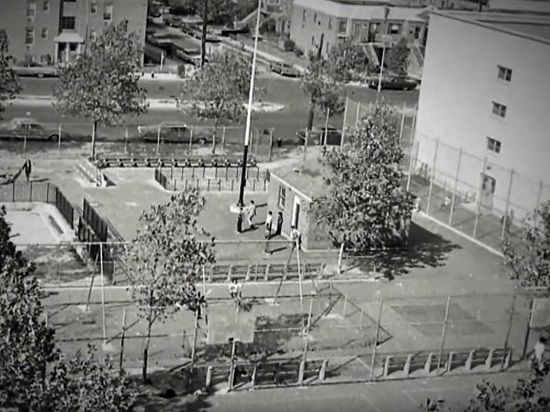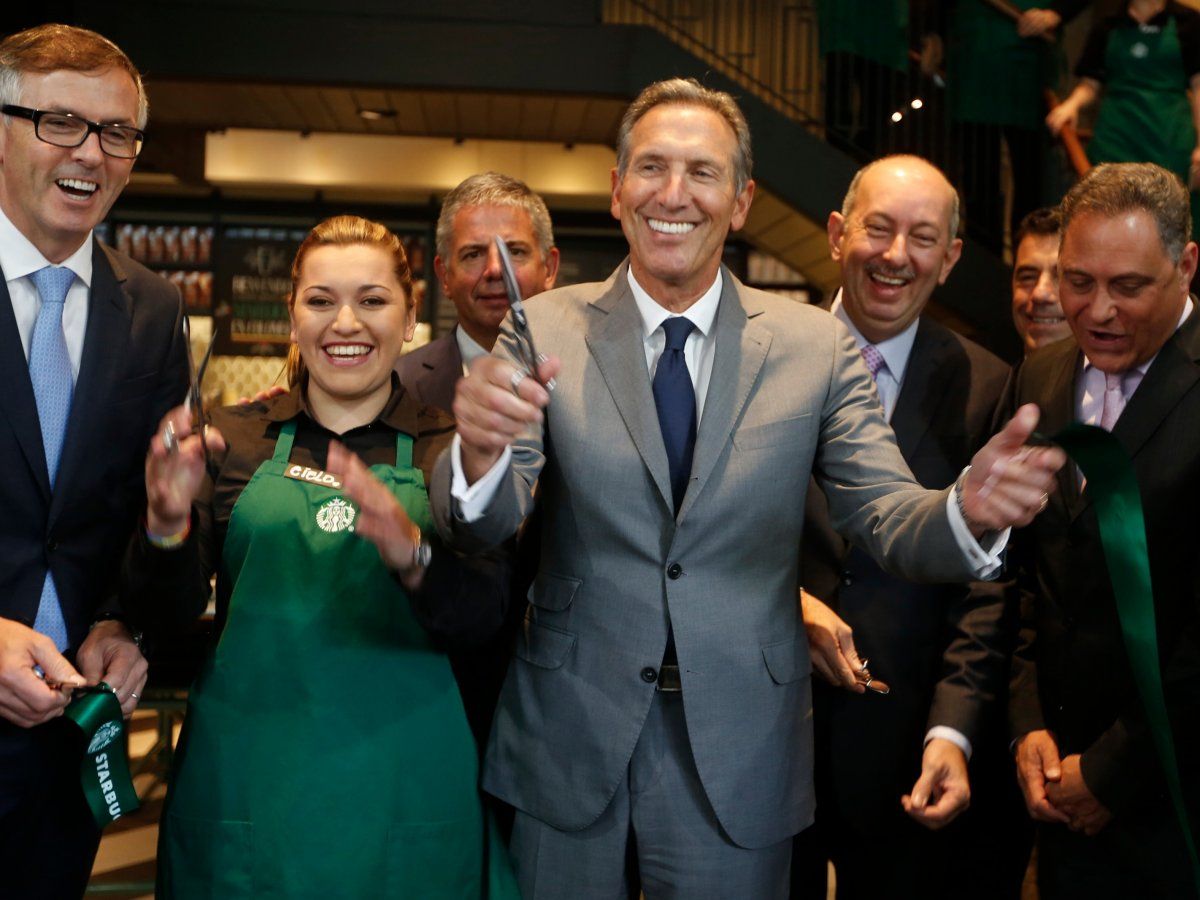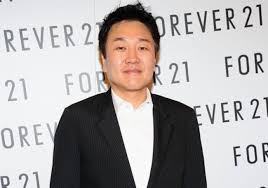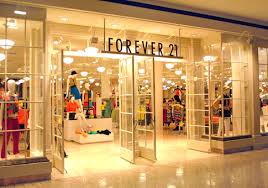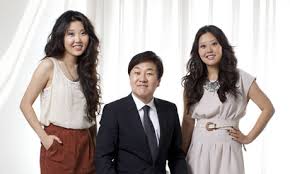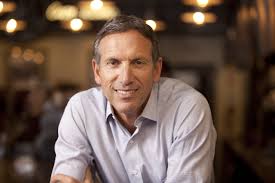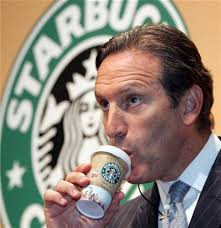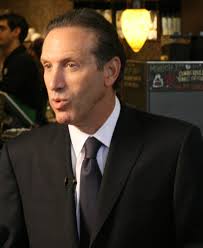From Homeless to Successful CEO
- Donald Herison
- English
- INSPIRING STORIES
- Hits: 12502
When Dave Sandoval was 17 years old he decided to move out. “I couldn't live in a house without food anymore,” I made myself homeless, I walked away, and it was a better life than the one I had."
Sandoval, now 53, has mostly good memories from his year as a homeless, like sleeping on the beach and being the first person to catch a wave in the morning, or pretending to be drunk at parties so the hosts would offer him their couch for the night. "When you're that young, you're used to acting defiant," Sandoval says. "And making myself homeless was a way of proving to the world that I didn't need a home."
The carefree and entrepreneurial-minded man spent the next 35 years jumping from job to job. He worked at a bowling alley, sold stereos, fixed golf carts, worked at an oil factory, washed trucks, sold real estate, and eventually sold stocks. He got fired from every single one of those jobs, "not because I wasn't there on time, but because I kept telling the boss 'We could do this better or cheaper,'" Sandoval says.
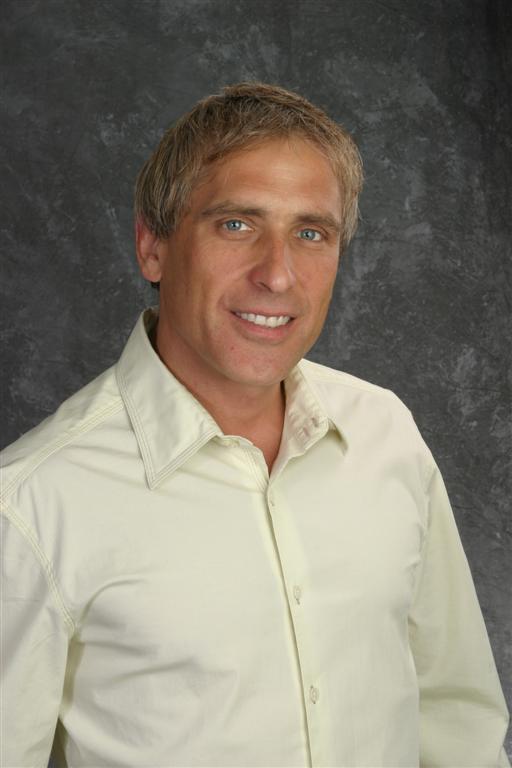
In the early '90s, after hearing that his aunt died of multiple sclerosis because of the way she ate, Sandoval went to work for a Japanese pharmaceutical company to promote healthy living. However, he soon learned that the company was not in fact selling organic and unpasteurized products. "I said, 'Who the hell is going to do something just because it's right? Why does everything have to be driven by somebody's self-interest?'" Sandoval says.
That's when he started making 100% pure products out of his home in 1994, and he now has 100 pharmacists and almost 30,000 salespeople around the world working for his company, Purium Health Products - which hit $47 million in revenue last year and is expecting to hit $75 million in revenue this year - a 276% growth in just three years.
He says there are three important lessons he's learned during his lifetime that helped him get to where he is today:
1. Don't place blame on others.
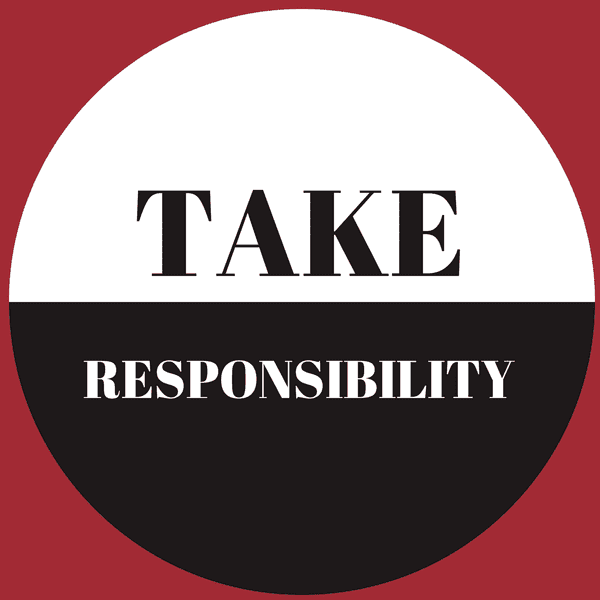
If Sandoval could tell himself one thing at age 17 when he left home, it would be: "Do not blame my parents for my situation."
He says he was angry at them for a while because they didn't do the things for him that his friends' parents did for them. "That was a mistake," Sandoval says. "The only thing they have to do is give you the opportunity; it's up to you after that."
While you may be born into a less-than-ideal situation, he says you can't focus on that — you have to make decisions based on how you can move forward today. Blaming others won't get you anywhere. If anything, the negativity and bitterness that come along with pointing fingers will hold you back from succeeding.
He says you should go even one step further and take responsibility for your actions and decisions. Just own them. It'll pay off in the end.
2. You have to be willing to work hard.
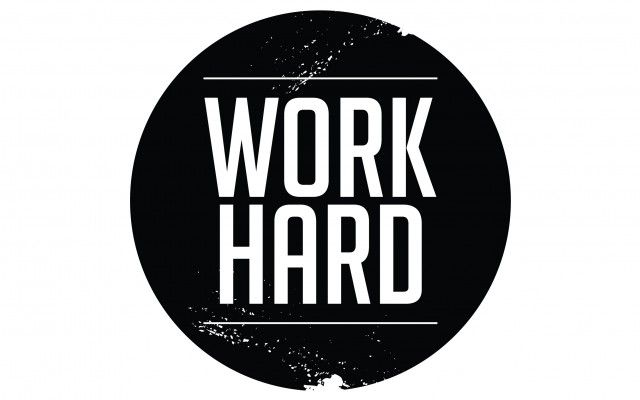
When Sandoval was in seventh grade, living in Bellflower, California, his father was working at a trucking company that helped ship Hershey's chocolate. Sandoval figured a can or two of the chocolate wouldn't be missed that much so he started making chocolate Rice Krispies treats with it on the weekend to sell at school.
At $0.50 a piece, the treats brought in about $80 a week - more than his dad was making with all of his side jobs, including wrapping newspapers, cutting copper out of wire, and collecting bottles. "I thought, 'Wow this is pretty cool,'" Sandoval says. "Every entrepreneur has a story like that."
3. If you want to succeed, you have to gain people's trust.
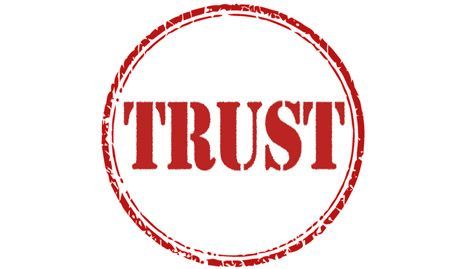
The single most important lesson Sandoval has learned, he says, came from a coworker during his time as a stereo salesman. Sandoval says he had always been the best salesman at any job he took ... until he worked with Mike.
Mike sold the most stereos every week, even when he was on vacation, that’s because people trusted him. Sandoval had been trying to sell stereos by describing all of its features, but Mike just walked up to potential buyers and said, "Oh my god you're gonna love the way this sounds with that other stuff I sold you! This is just fantastic!" And they would go, "Okay Mike, I'll take it" because they trusted him.
Sandoval says this was the No. 1 lesson he took with him to Purium Health Products. "When I started my company I said the number one thing that I'm selling is trust." He knew if people trusted him, then they would believe him when he said, "These products are 100% pure."
Later, after he had started his company, Sandoval became a regular guest on different radio shows in New York. He says when listeners called in, the radio station would often ask them, "Why do you listen to this show?" and they all said one thing: "Because we trust Dave."
Ask us about our FREE financial advice program: ![]()
Other Top Stories:
Technical Analysis Lesson 1 - Introduction
How I Made Over $30,000 a Year by Investing in Binary Options
Follow us and SHARE this story on Facebook: ![]()


